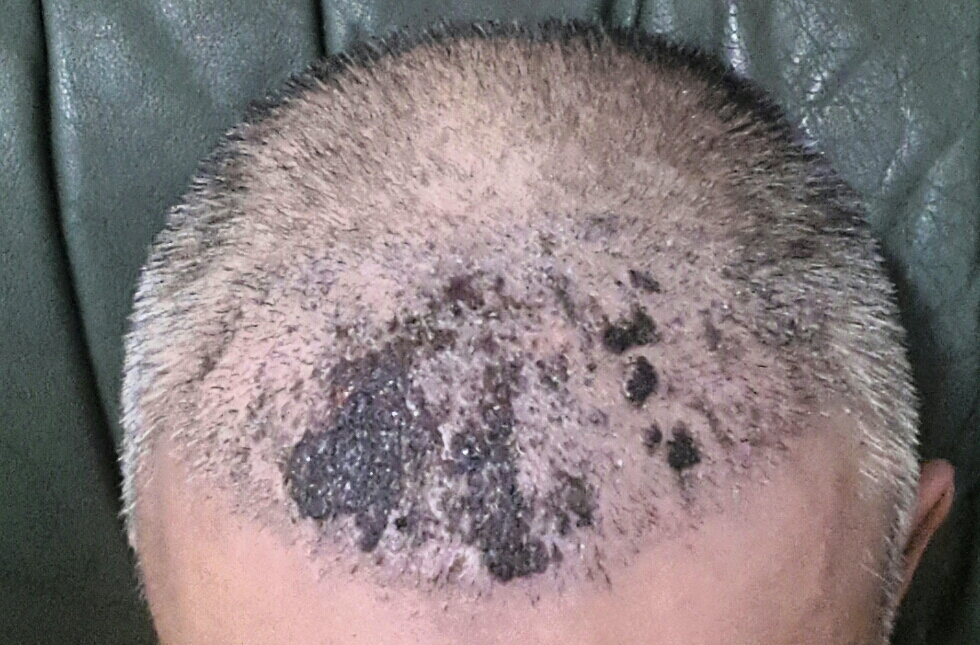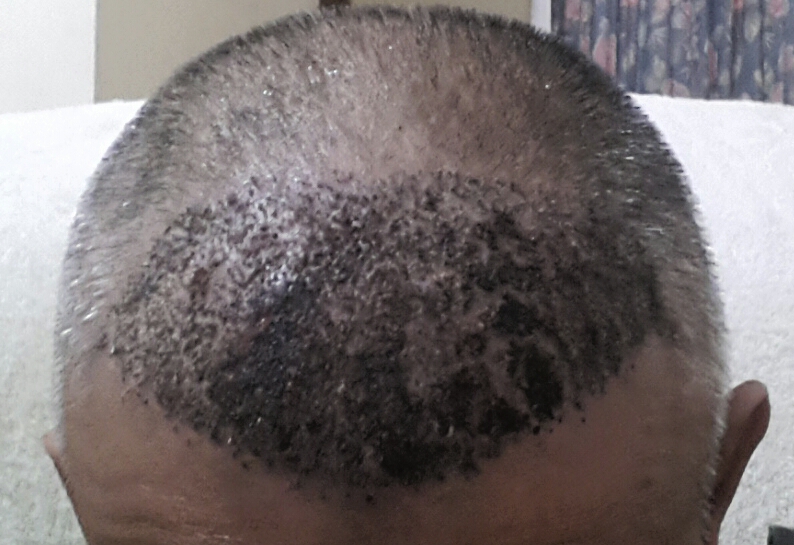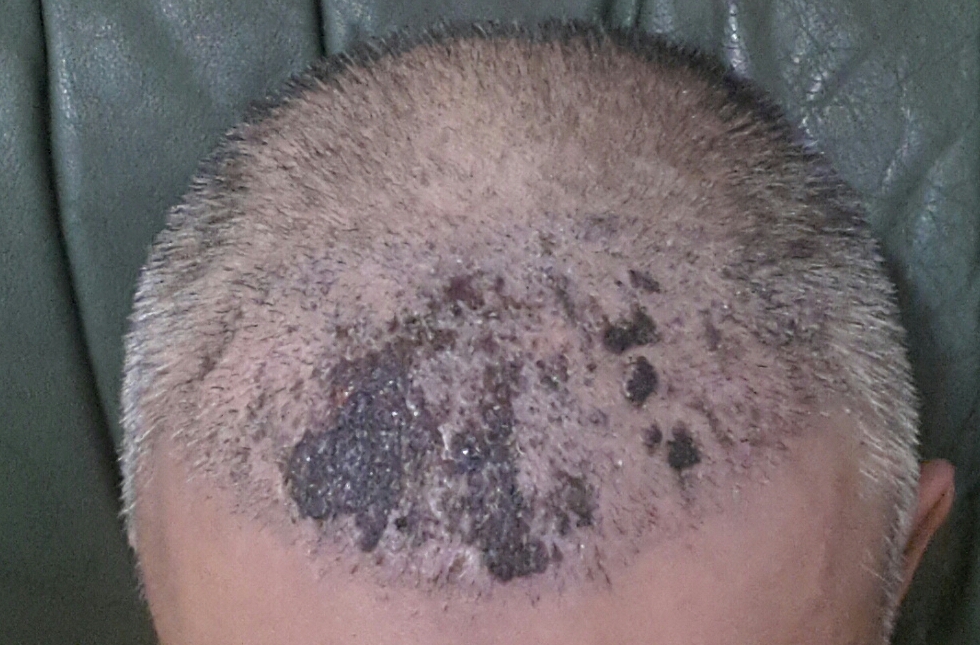Hello Dr! First of all, english is not my native language so please bear with me.
My question is about the genetics regarding male pattern baldness and if it’s only a “guessing game” to determine the future outcome of my hair situation.
I need some advice on my hair situation. I’m a 30 year old male who has been “struggling” with high temples since about high school. I’ve been obsessing about my hair since about january (never even thought about it before then). Probably a nw 2,5-3.
My family history is making me so confused over the outcome of my, probable, upcoming hair loss. Making a list for an easy read;
Moms side;
Granddad, full head of har until his 60s then a diffuse thinner. (Always had “fine hair”)
Grandmom, curly hair, little temple recession.
Uncle 1, fine hair. Receding hair line and vertex thinning in his 50s (maybe later)
Uncle 2, full head of hair, curly. Mom, thin fine hair.
Dads side;
Granddad, bald. Probably started in his late 20s. Uncle, bald. Noticeable when he was about 25. Dad, straght hair, high temples (like me). Full head of hair.
Brothers;
3 year older, diffuse thinner. Noticeable at vertex in his early 20s. 6 years younger, high temples, a little bit diffuse thinner.
Question:
Is it possible to pick up my grandfathers balding pattern later, for example, he started too notice thinning at the age of 28.. Can i follow hes pattern but 5 years later?
We don’t generally go into this much detail into family history or give a diagnosis or a prediction based on family history. In general male pattern balding is genetic but it does not always follow a family line. The best way to diagnose MPB is through an exam (in person).
If you have a Norwood 3 hair loss pattern then that is what you have.
If you think you are going to have a Norwood 5 hair loss pattern, then the best way to find out is through a detailed exam. Looking at your hair under a microscope (MINIATURIZATION STUDY) or testing the bulk of your hair over a period of time (BULK STUDY) is the best way to diagnose the balding pattern.



